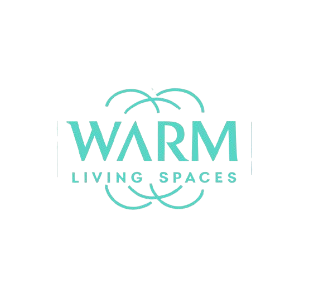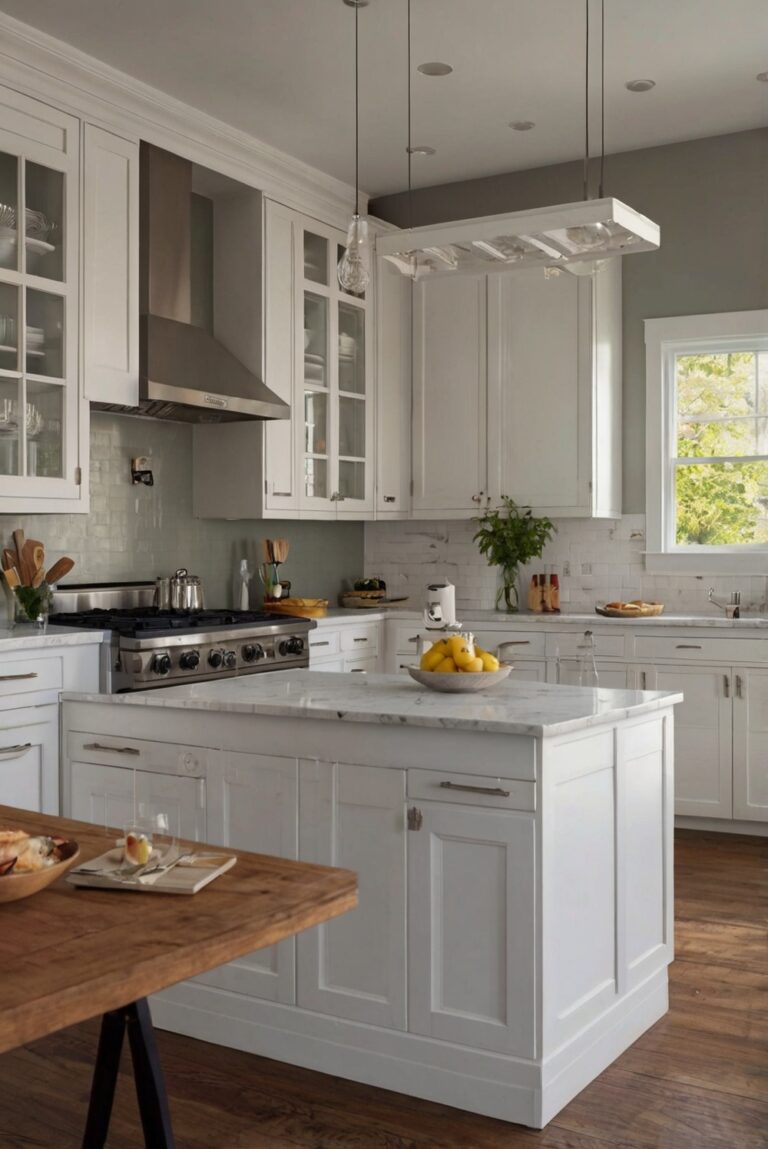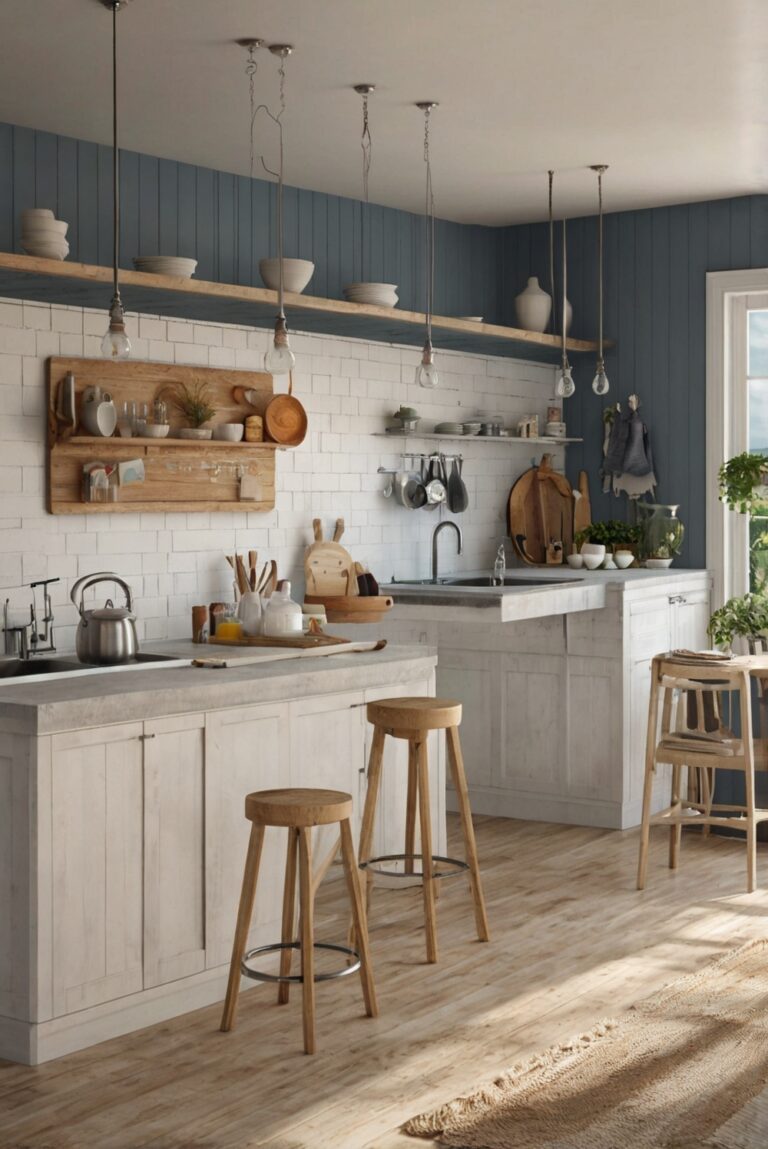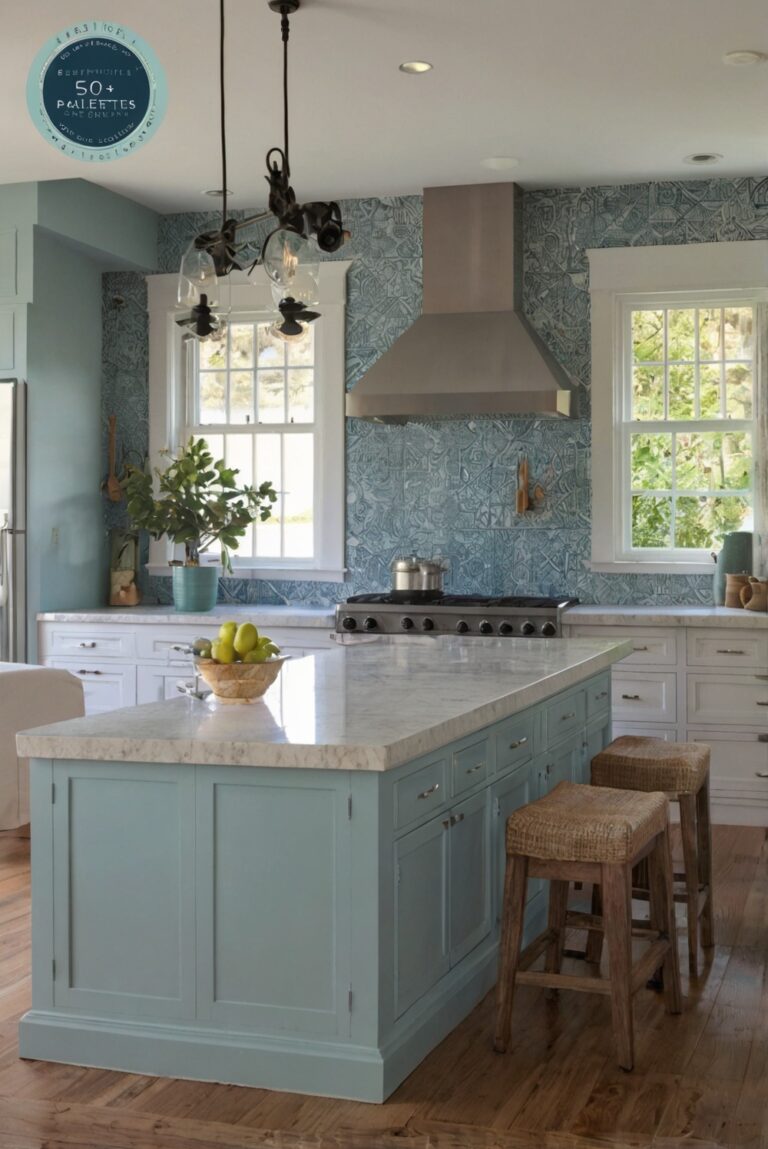Unlock the secrets of selecting the ideal cabinet layout to enhance your kitchen workflow. Follow this daily routine for interior design excellence.
Choosing the right cabinet layout for your kitchen workflow is crucial for an efficient and organized space. Consider your daily routine when selecting the layout to ensure easy access and smooth movement in the kitchen. Start by assessing your storage needs and the types of items you regularly use. Opt for a layout that maximizes storage space and minimizes clutter.
Use a mix of drawers, cabinets, and open shelves to accommodate various kitchen items. Make sure to place frequently used items within easy reach, while less-used items can be stored in higher or lower cabinets. Adding pull-out shelves and organizers can further enhance accessibility and efficiency in the kitchen.
Utilize vertical space by installing tall cabinets or shelving units to maximize storage capacity. Consider the traffic flow in your kitchen and ensure there is enough space to move around freely, especially in high-traffic areas like the sink, stove, and refrigerator.
When planning your cabinet layout, think about the functionality of each area and how it can streamline your daily tasks. For example, designate specific zones for food prep, cooking, and cleaning to create a logical workflow. Additionally, consider the aesthetic appeal of your cabinets and choose a design that complements your home decor interior.
Proper space planning and organization are key to creating a functional and visually appealing kitchen. Pay attention to details such as color matching painting and selecting the right primer paint for walls to achieve a cohesive look. Consult with interior designers or kitchen design professionals for expert advice on optimizing your cabinet layout for a seamless workflow in your home.
Incorporating these tips and considerations into your kitchen design will not only enhance your daily routine but also elevate the overall look and feel of your living space. A well-thought-out cabinet layout can transform your kitchen into a stylish and efficient hub for cooking and entertaining.
Consider Your Kitchen Workflow:
When choosing the right cabinet layout for your kitchen, it is crucial to consider your kitchen workflow. Think about how you use your kitchen on a daily basis and the tasks you perform regularly. This will help you determine the best layout that will enhance your efficiency and convenience in the kitchen. Consider factors such as the cooking zone, prep area, storage needs, and traffic flow in your kitchen.
Assess Your Storage Needs:
Another important consideration when choosing a cabinet layout is your storage needs. Take stock of the items you need to store in your kitchen, including pots, pans, utensils, small appliances, and pantry items. Determine the amount of storage space you require and the types of cabinets that will best accommodate your storage needs. Consider features such as pull-out shelves, lazy Susans, and deep drawers to maximize storage capacity.
Maximize Space Utilization:
To choose the right cabinet layout for your kitchen, it is essential to maximize space utilization. Opt for cabinets that make use of vertical space and provide ample storage without overcrowding the kitchen. Consider incorporating tall cabinets, wall cabinets, and corner cabinets to optimize storage space. Utilize every inch of available space efficiently to create a functional and organized kitchen layout.
Choose a Functional Layout:
When selecting a cabinet layout for your kitchen, prioritize functionality. Choose a layout that allows for easy access to essential items and facilitates smooth workflow in the kitchen. Consider the placement of cabinets in relation to the cooking area, sink, and refrigerator to create a practical and efficient workspace. Aim for a layout that minimizes unnecessary movements and promotes a seamless cooking experience.
Consider Your Design Preferences:
In addition to functionality, consider your design preferences when choosing a cabinet layout for your kitchen. Select cabinets that complement the overall style of your kitchen and reflect your personal taste. Choose cabinet finishes, hardware, and accessories that enhance the aesthetic appeal of your kitchen while meeting your storage needs. Strike a balance between functionality and design to create a harmonious and visually appealing kitchen space.
In conclusion, choosing the right cabinet layout for your kitchen workflow requires careful consideration of your kitchen habits, storage needs, space utilization, functionality, and design preferences. By taking into account these important factors, you can select a cabinet layout that enhances your efficiency, maximizes storage capacity, and creates a visually appealing kitchen space. Remember to prioritize functionality, optimize space utilization, and personalize the design to create a kitchen layout that suits your needs and enhances your cooking experience.
1. What factors should I consider when choosing a cabinet layout for my kitchen workflow?
When choosing a cabinet layout for your kitchen workflow, consider factors such as the size and shape of your kitchen, the location of appliances, your cooking habits, the amount of storage you need, and your budget. A well-designed cabinet layout should optimize the flow of your kitchen, making it easier to move around and access items while cooking. Consider incorporating features like pull-out shelves, lazy Susans, and deep drawers to maximize storage and organization.
2. How can I maximize storage in my kitchen with the right cabinet layout?
To maximize storage in your kitchen with the right cabinet layout, consider utilizing vertical space by installing tall cabinets or adding shelves above countertops. Incorporate deep drawers for pots and pans, pull-out pantry shelves for easy access to food items, and corner cabinets with rotating shelves to make the most of awkward spaces. Customizing your cabinet layout to fit your specific storage needs can help you make the most of your kitchen space.
3. What are some common cabinet layout mistakes to avoid when designing a kitchen workflow?
Common cabinet layout mistakes to avoid when designing a kitchen workflow include overcrowding the space with too many cabinets, placing cabinets too far from appliances or work areas, neglecting to consider the workflow between different zones in the kitchen, and failing to account for the needs of multiple users. Be sure to plan your cabinet layout carefully to ensure that it enhances the functionality and efficiency of your kitchen.
4. How can I create an efficient workflow in my kitchen with the right cabinet layout?
To create an efficient workflow in your kitchen with the right cabinet layout, consider the “kitchen work triangle” concept, which positions the sink, stove, and refrigerator in a triangular layout to optimize movement between these key areas. Design your cabinet layout to support this workflow by placing frequently used items within easy reach of these three main work zones. Consider incorporating designated zones for food prep, cooking, and cleanup to streamline your kitchen workflow and make meal preparation more efficient.
5. What are some popular cabinet layout designs that can enhance kitchen workflow?
Popular cabinet layout designs that can enhance kitchen workflow include U-shaped kitchens, which provide ample counter space and storage along three walls, making it easy to move between different work zones. L-shaped kitchens offer a compact layout that maximizes space efficiency and allows for a seamless flow between cooking and prep areas. Galley kitchens feature parallel counters and cabinets along a narrow space, creating a functional layout for small kitchens. By choosing a cabinet layout design that suits your kitchen size and workflow needs, you can create a more organized and efficient cooking space.



